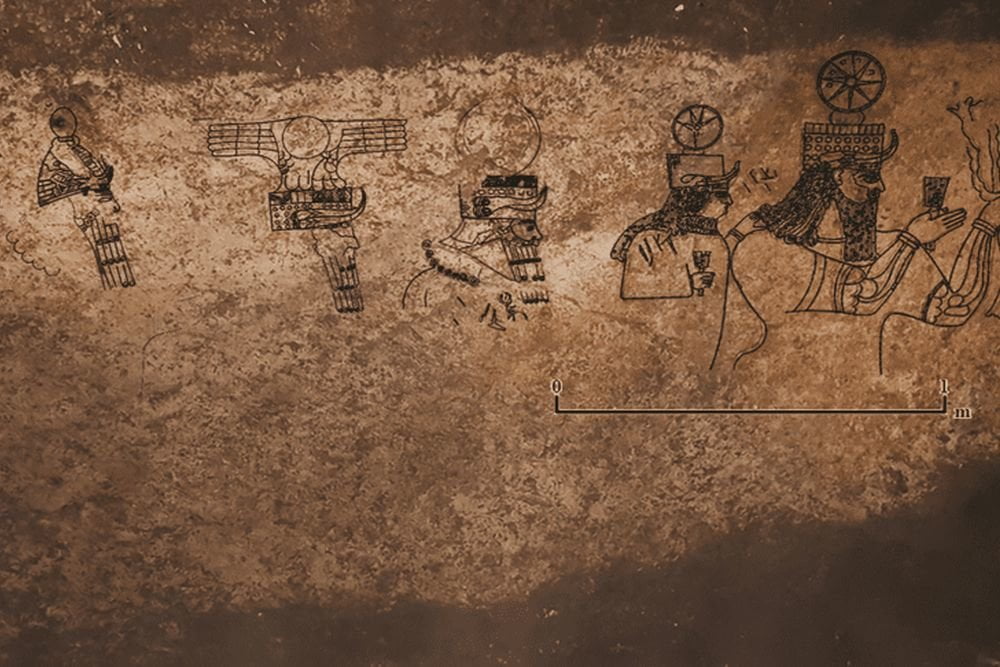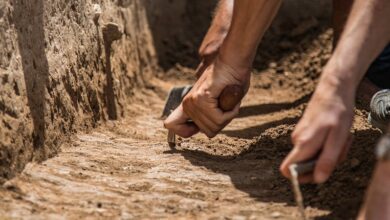
Sacred center of ancient Assyria found underground in Turkey
(ORDO NEWS) — Turkish archaeologists have described an underground complex discovered during rescue excavations in the village of Bashbuk in southeastern Turkey. It is a system of 30-meter tunnels.
The study was published in the journal Antiquity. Rescue excavations started after the local authorities received an alarm signal. The inhabitants of the village of Bashbyuk told them about the “black diggers” who tried to plunder the ancient complex.
Archaeologists found the entrance to this complex under a two-story modern house. Rescue excavations have revealed a system of 30-meter tunnels carved into the rock.
The complex itself dates from around the first millennium BC. This means that it refers to the heyday of Neo-Assyria - that was the name of the Assyrian Empire at the penultimate, fourth stage of its existence.
By the way, this was the period of the highest prosperity of Assyria, which subsequently lost the status of an independent state.
The underground complex was probably a sacred place. On its walls, archaeologists have found a number of works of art made in the Assyrian style.
Some scenes are large-scale, they depict the processions of the gods. These processions are attended, for example, by the storm and rain god Hadad, the moon god Sin and the goddess of fertility Atargatis.
The authors of the study, led by a research team led by Professor Mehmet Onal from the University of Harran, write: “When the Assyrian Empire wielded political power in southeastern Anatolia, the Assyrian rulers expressed their power through art in the Assyrian court style.”
The archaeologists were surprised only by the fact that the inscriptions in the dungeon were made not in Assyrian, but in Aramaic. However, at that time it was the language of the locals.
Archaeologists managed to partially decipher one of the inscriptions, which mentions the name “Mukin-abua”.
It is known from historical sources that this was the name of one of the neo-Assyrian officials during the reign of Adad-nirari III (811-783 BC). Archaeologists do not exclude that Mukin-abua was the ruler of this region appointed from above, and he needed the underground complex in order to win the favor of the local residents.
—
Online:
Contact us: [email protected]
Our Standards, Terms of Use: Standard Terms And Conditions.







